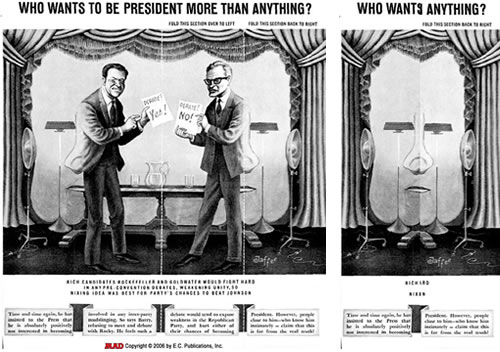|
| This is my post from this week's Tuesday Blog. |
To celebrate Mardi Gras, Vinyl’s Revenge has lined up a complete performance of Igor Stravinsky’s ballet Pétrouchka (or often in English, Petrushka).
Shrove Tuesday is the day preceding Ash Wednesday (the first day of Lent), which is celebrated in some countries by consuming pancakes. In others, especially those where it is called Mardi Gras or some translation thereof, this is a carnival day, and also the last day of "fat eating" or "gorging" before the fasting period of Lent.
Pétrouchka tells the story of the loves and jealousies of three puppets. The three are brought to life by the Charlatan during the 1830 Shrovetide Fair (which we would equate to Shrove Tuesday or Mardi Gras) in Saint Petersburg, Russia.
Petrushka loves the Ballerina, but she rejects him. She prefers the Moor. Petrushka is angry and hurt, and challenges the Moor. The Moor kills him with his scimitar. Petrushka's ghost rises above the puppet theatre as night falls. He shakes his fist at the Charlatan, then collapses in a second death.
Petrushka brings music, dance, and design together in a unified whole. It is one of the most popular of the Ballets Russes productions. It is usually performed today using the original designs (by Alexandre Benois) and choreography (by Michel Fokine). As we have discussed in these pages before, not all ballet music manages to “stand alone” as a concert piece without choreography. However, for he most part, all of Stravinsky’s ballets manage to do just that, and are often programmed as complete works rather than as suites of highlights.
Two versions of the ballet are often performed – and have their own discographies: the original score dating 1911 and a revision in 1947. Compared to the 1911 version, the 1947 version requires one less flute; two fewer oboes, but a dedicated cor anglais player instead of one doubled by the fourth oboe; two fewer bassoons, but a dedicated contrabassoon; neither of the two cornets, but an additional trumpet; one less snare drum and no tenor drum, thus removing the offstage instruments; no glockenspiel; and one less harp.
Stravinsky was a known “tinkerer”, and so there are some subtle “tweaks” to the overall score in the 1947 version, which Stravinsky used in his seminal series of own recordings in the early 1960’s.
The performance I retained today, from my old vinyl collection, is a late-Soviet era recording from their flagship Melodiya label (reissued under the Quintessence label in the West) featuring the orchestra then-known as the Leningrad Philharmonic. Initially known as the "Imperial Music Choir" (and performing privately for the court of Alexander III of Russia), the Saint Petersburg Philharmonic Orchestra was formed in 1882 and is Russia's oldest symphony orchestra. The orchestra gained its most fame under the lengthy directorship of Yevgeny Mravinsky. The orchestra made few tours to the West - the first was to Finland in spring 1946 - but it recorded a number of studio and live recordings under Mravinsky. In 1991 the orchestra gained its current name after its home city returned to its original name of Saint Petersburg. Today it is an internationally recognized symphony orchestra under the directorship of Yuri Temirkanov (who took over for Mravinsky in 1988).
Enjoy!

Igor STRAVINSKY (1882-1971)
Pétrouchka (Russian: Петрушка), Burlesque Scenes in Four Tableaux (1910-11, rev. 1947)
Leningrad Philharmonic Orchestra
Yuri Temirkanov, conducting
Label - Quintessence (Melodiya) STEREO (1975)
Catalog # PMC-7147
Internet Archive URL - https://archive.org/details/StravinskyPetrouchka1911Rev.
Thanks to seriosos seriosos
If you care to compare, YouTube hosts this performance of the original 1911 version, performed by the Royal Philharmonic Orchestra under Oskar Danon:








:format(jpeg):mode_rgb():quality(90)/discogs-images/R-5209162-1387539178-5128.jpeg.jpg)
:format(jpeg):mode_rgb():quality(90)/discogs-images/R-5209162-1387539253-6209.jpeg.jpg)
:format(jpeg):mode_rgb():quality(90)/discogs-images/R-5209162-1387539313-6344.jpeg.jpg)
:format(jpeg):mode_rgb():quality(90)/discogs-images/R-5209162-1387539355-2101.jpeg.jpg)